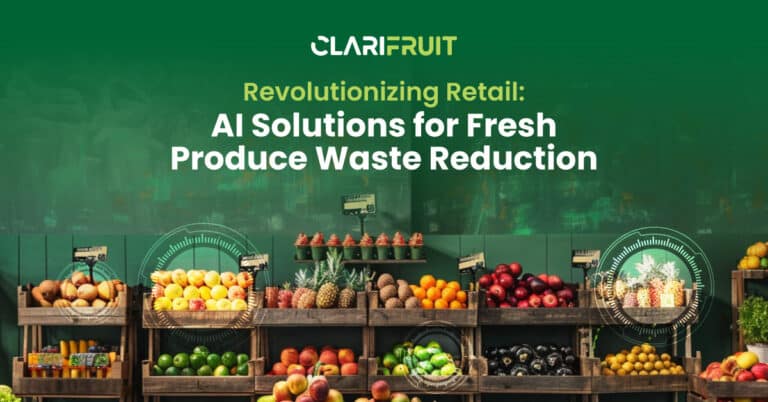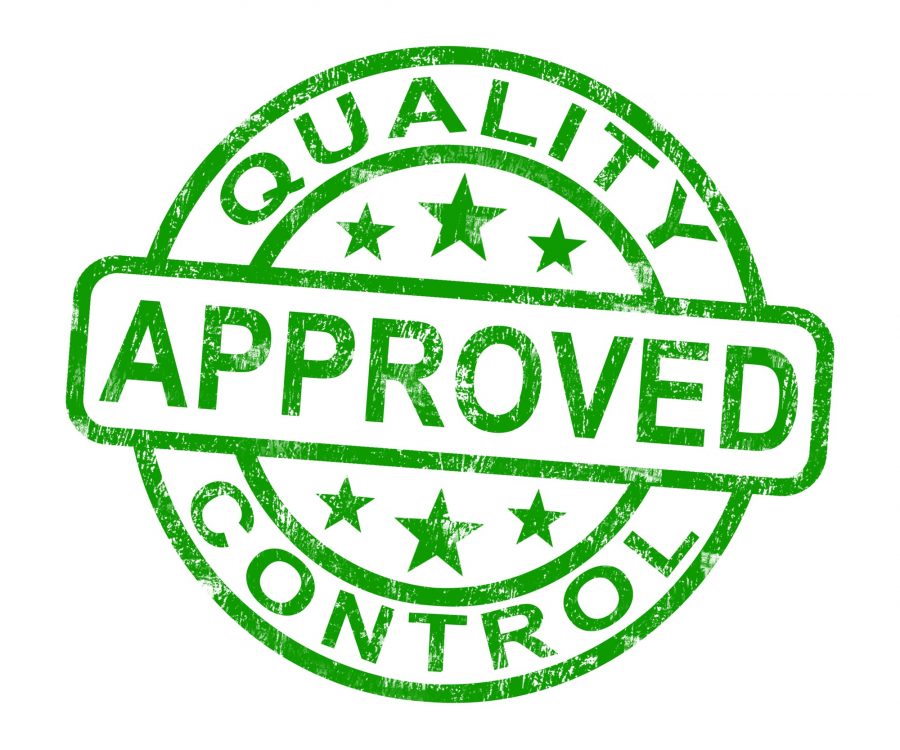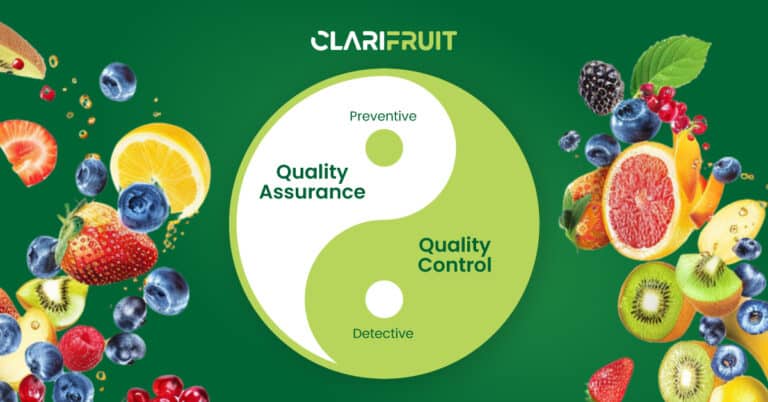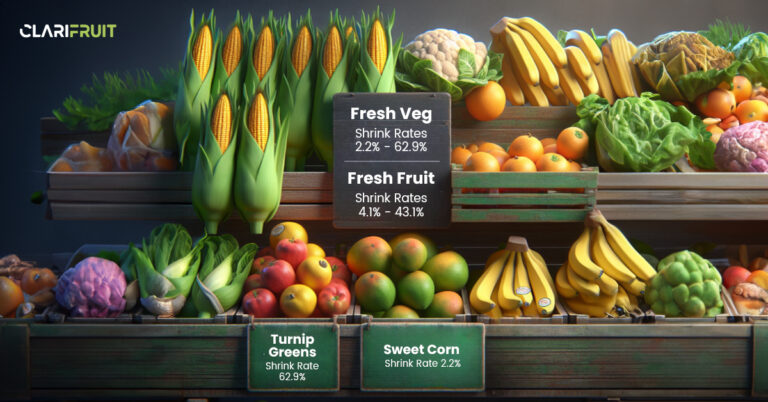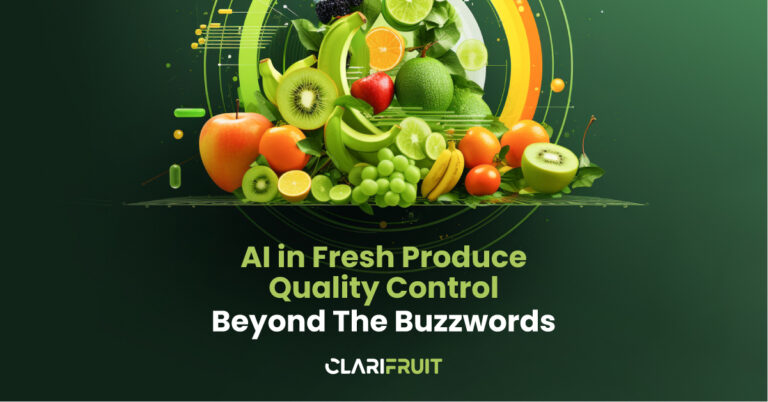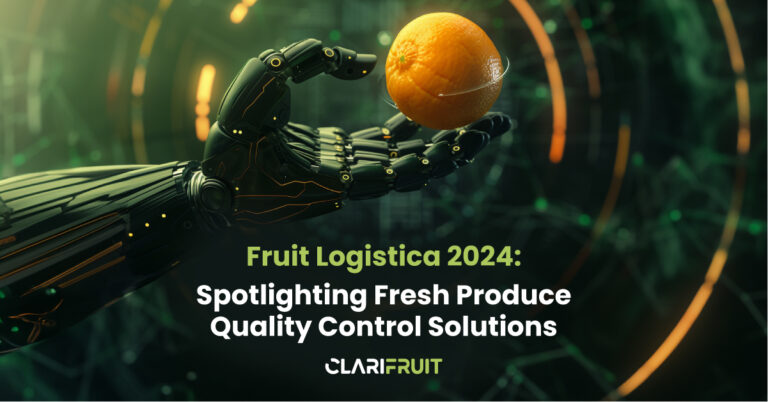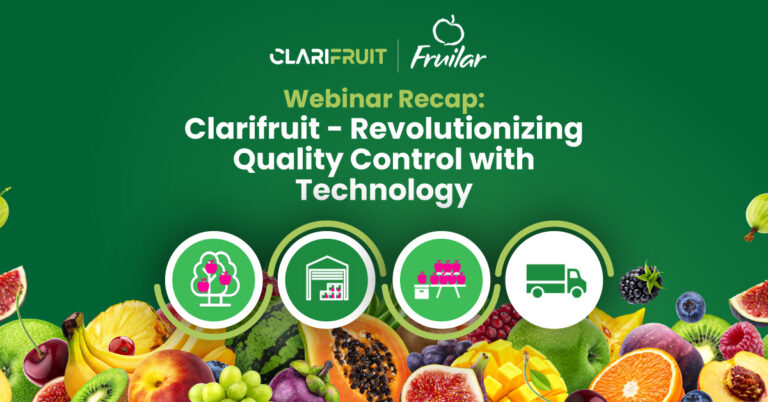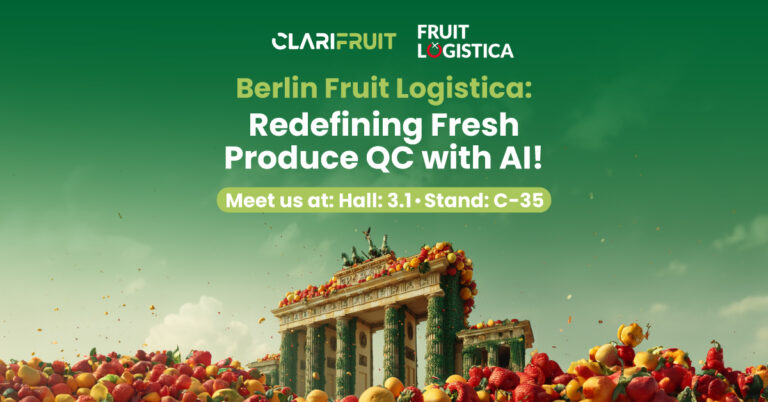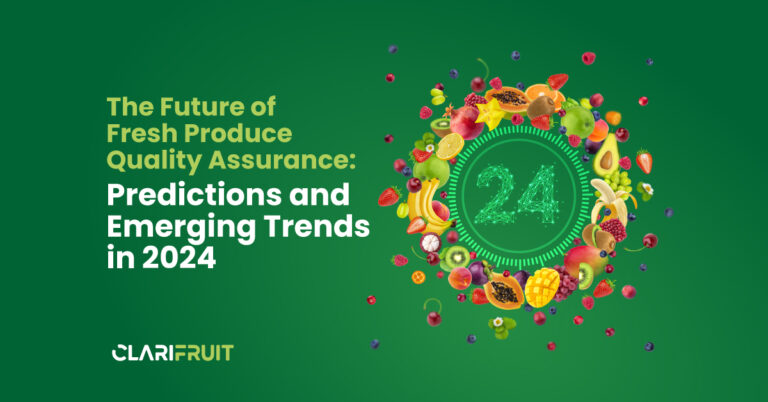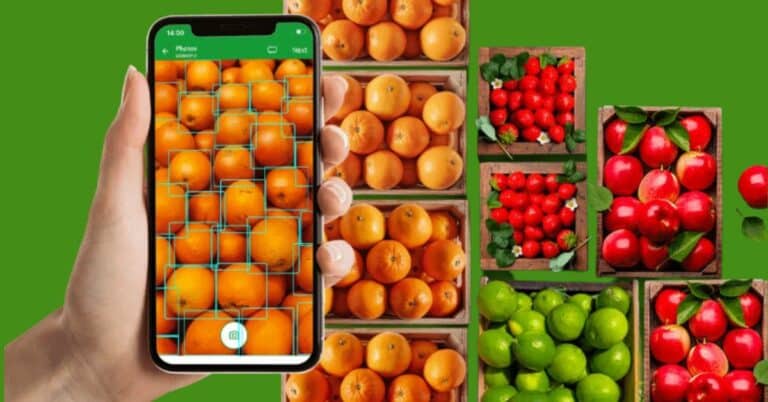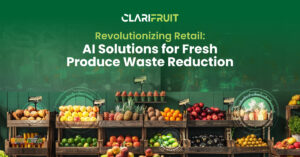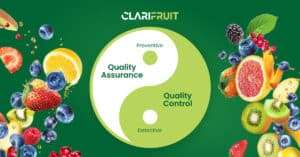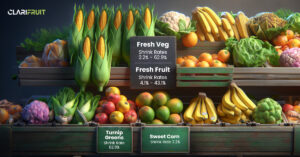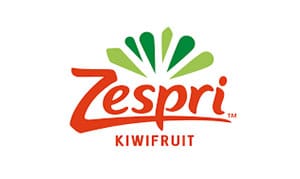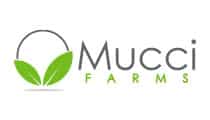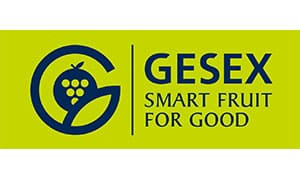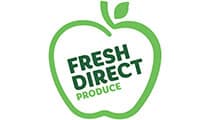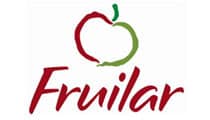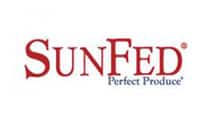We love hearing from our customers about how they use Clarifruit to revitalize and supercharge the way that they perform their fresh produce quality control. But our absolute favorite insights are something we hear increasingly often – how Clarifruit has changed the whole way that the supply chain is working.
From the start, our vision has been for a seismic shift in the way the industry manages its fresh produce quality control data, moving from unstructured and siloed systems to a common language and universally-accepted quality standards that improve the fresh produce value chain from end to end. Of course, we have an awesome application, but that’s just one of the tools we use to get to our goal.
Fresh Produce Quality Control – The Current Status Quo
Let’s say I’m a buyer, an importer, a retailer or a wholesaler, and I’m in the market for some fresh produce. I’d like some tomatoes, and I have strong opinions on the standard of these tomatoes. I will publish a “bible” – a quality-spec, PDF document of anywhere from 20-50 pages and send this out to my exporter to pass on to the QC managers, so that they know exactly what to send me. I include a detailed explanation of exactly how I want to receive my tomatoes, including sizing, coloration, my threshold for different kinds of defects, and more. Great? Not so much.
The problem is that from the perspective of my exporter, I’m one of dozens of buyers, each of whom has written their own 25-page document in their own language, with their own structure and explanation. There is zero standardization between these documents. While one will describe sizing in inches, another will use centimeters. The way they describe color or defects will be entirely subjective. Of course, much of the information will be parallel, but the structure of the document is completely different. Similar to the original “bible”, the fresh produce quality-spec document is subject to various interpretations. There is no way to hand this over to a QC manager and expect them to complete twenty or more separate fresh produce quality control processes with all of these separate parameters applied.
So, as the exporter – what do I do? I create my own QC inspection process, defining another new set of standards, separate from my buyers. I decide what will be ranked standard A, B or C, or level 1, 2 or 3. I then separate my buyers by their demands, giving my highly demanding customers only level 1 produce, and those who have less specific needs levels 2 or 3. Rather than use the buyers own specifications, I’m forced to use my own, and try to correlate between the results to get as close as possible.
Standardizing Method into the Madness
From our conversations with hundreds of organizations, and our analysis of thousands of QC processes, Clarifruit has created a language for QC demands, with a strict three-part process that changes the way that quality control is handled across the supply chain.
We start by asking each stakeholder – what kind of information would you like to collect regarding the shipment of fresh produce? How would you like to refine this across different cultures, or for different produce types?
We then turn this information into a structured language for grading and scoring, with as many digital specs as the customer would like. Once people learn how to read Clarifruit, they can easily read new digital specs quickly – aligned across all customers in a common form.
Now that there’s a shared understanding of what inspections should be looking for and what standards mean, we can move onto layer 2 – the inspection itself. QC is usually done twice, once before the shipment is sent and once on arrival. Up until now, the inspectors have been using manual devices, whether it’s sizing rings, color pallets or scientific instruments such as refractometers. They have probably been writing down their results manually using pen and paper, before possibly entering the information into a digital local system.
The Clarifruit application changes all of that, receiving a digital specification and adjusting accordingly, and using the computer vision algorithm to automatically collect information such as color and size, and correlate this with the specific digital specifications of the buyer. Where necessary, the application will also integrate with the scientific devices that you’ve been using up until now. Of course, this makes the process faster and easier, but it also makes it more objective. Your team can do a single inspection, upload many customer standards and analyze the shipment according to a wide range of requirements, receiving a clear score for each customer demand.
Of course, the process works best when both the buyer and the exporter are using Clarifruit, but even where they are not – when a QC mismatch occurs, if you have Clarifruit on your side, your opinion carries a lot more weight, backed with scientific data and a standardized platform and process to provide legitimacy.
Ushering in the Era of Big Data
Now let’s think about how the information is captured and used. Most organizations are currently using pen and paper, Microsoft Excel sheets or some kind of eFormat. With Excel, it will live on the inspector’s computer locally, and be lost when that employee leaves the company. In a cloud format you may be able to share it inside the organization, but as it remains unstructured, it can’t be used anywhere else. You can’t integrate it with other data analysis tools for example, as it only holds meaning according to your own internal language and processes.
By structuring the data, Clarifruit allows companies the ability to move into the era of Big Data. You can share your information internally or externally at any time, filtering, reporting and data mining to get the value that’s lying dormant in the data you’re collecting each and every day. Take a retrospective view, use historical trends and baselines and isolate anomalies in the way your team works, or particularly profitable relationships that need to be nurtured. In short, you’ll be increasingly improving your efficiency and the way in which you work.
Moreover, the insights gained from structured data and big data analytics can revolutionize the way companies approach supply chain management and decision-making. By leveraging the power of artificial intelligence (AI) and machine learning (ML) algorithms, organizations can identify patterns, predict trends, and optimize their operations in ways that were previously unimaginable. For example, by analyzing historical quality control data, companies can forecast potential quality issues before they occur, allowing them to proactively address problems and minimize waste. This predictive capability can lead to significant cost savings and improved customer satisfaction.
Furthermore, the adoption of a standardized, data-driven approach to fresh produce quality control can foster greater collaboration and transparency throughout the supply chain. When all stakeholders, from growers to retailers, use a common language and platform for quality assessment, it becomes easier to communicate expectations, resolve disputes, and build trust. This enhanced collaboration can lead to more efficient and effective supply chain operations, ultimately benefiting everyone involved, including the end consumers who receive higher-quality, consistently fresh produce.
